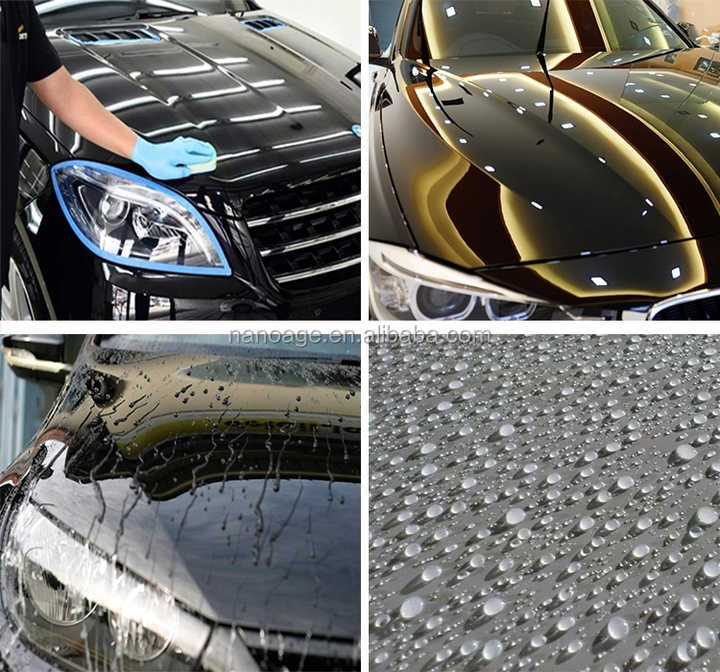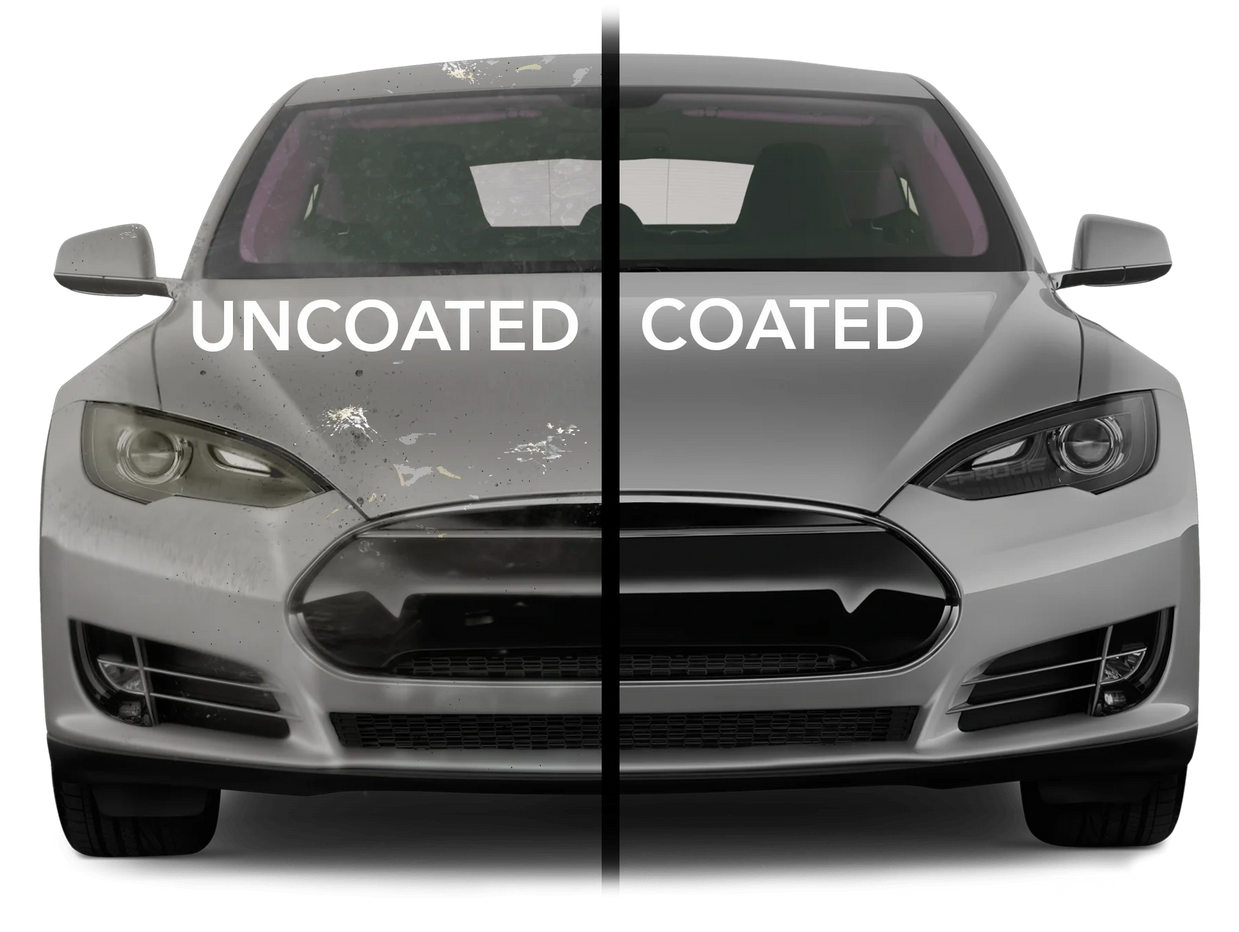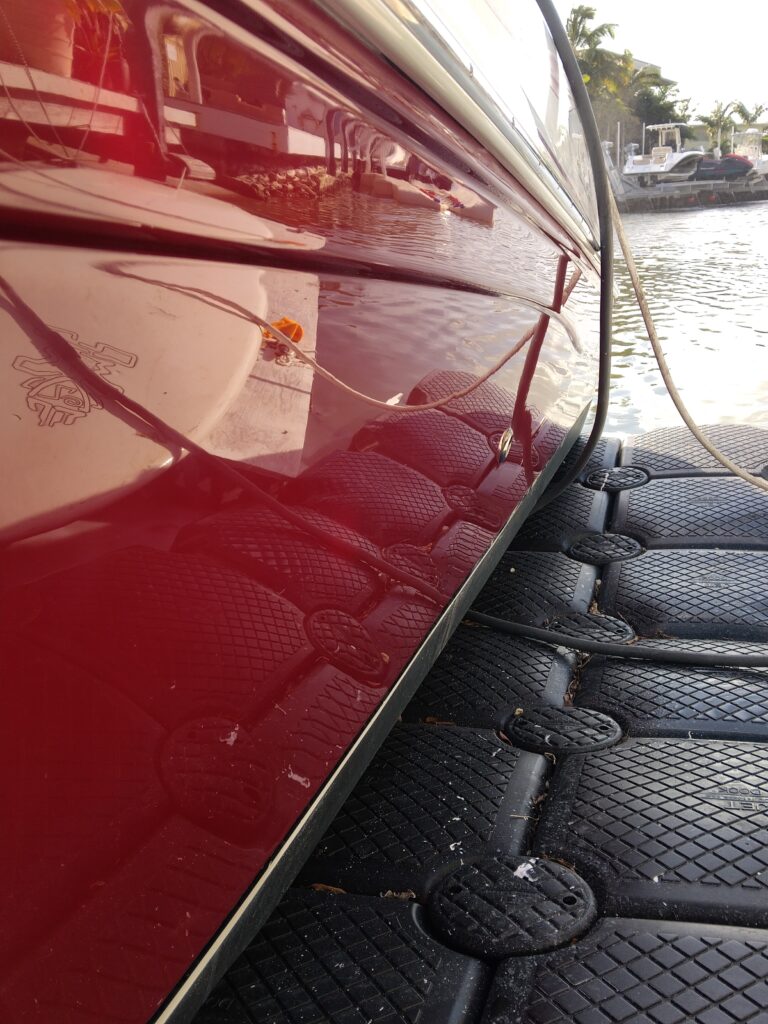Maximize Your Car’s Appearance with Davinci Detail Boat & Car Ceramic Coating
The Ultimate Guide to Understanding Auto Ceramic Coating and Its Advantages
Car ceramic layer has become a crucial advancement in automotive care, offering a robust protective layer that improves both appearances and durability. Comprehending the scientific research behind this innovation, especially its composition and bonding systems, is necessary for any car owner considering this investment. Beyond simple gloss, the advantages prolong to functional maintenance and ecological protection. Nevertheless, a complete assessment exposes important considerations when choosing between do it yourself application and specialist installment. What variables should you evaluate prior to making this choice? The effects might dramatically influence your selection and the best security of your automobile.
What Is Ceramic Layer?
Ceramic covering is a liquid polymer applied to the external surfaces of a lorry, providing a sturdy protective layer that enhances both look and long life. Made up primarily of silicon dioxide (SiO2), this sophisticated formula creates a chemical bond with the vehicle's paint, producing a resistant obstacle against ecological impurities.
Among the main advantages of ceramic finishing is its capability to drive away water and dust, making maintenance substantially simpler. The hydrophobic residential properties of the layer cause water to grain up and roll off, taking dirt and grime with it. This not only keeps the automobile cleaner for longer durations however also lowers the regularity of laundries called for.
Furthermore, ceramic coverings give substantial UV protection, avoiding oxidation and fading of the paint in time. This attribute is critical for preserving the automobile's visual allure and resale value. Ceramic coatings can protect against small scrapes and swirl marks, supplying a level of protection that traditional waxes and sealers can not match.
Just How Ceramic Layer Works

Upon healing, which can take a number of hours to days depending on the product, the layer sets into an adaptable, glass-like layer. This layer offers an impermeable obstacle against contaminants such as dust, crud, and ecological contaminants - Davinci Detail Boat & Car Ceramic Coating. Furthermore, the ceramic layer's hydrophobic homes make it possible for water to grain and roll off the surface area, decreasing the build-up of dirt and making cleansing significantly simpler

Advantages of Ceramic Finish
The application of ceramic coatings uses many benefits that expand beyond mere looks. Ceramic layers develop a hydrophobic surface area, driving away water, crud, and dust, which makes the vehicle less complicated to cleanse and keep. Davinci Detail Boat & Car Ceramic Coating.
Furthermore, ceramic layers are resistant to chemicals and oxidation, protecting the car from tree sap, bird droppings, and other destructive substances. This resistance assists maintain the honesty of the car's finish, inevitably lengthening its life-span and resale worth.
Furthermore, ceramic coatings give a glossy look that improves the cars and truck's general appearance, offering it a showroom-quality shine. The durability of these finishings, commonly long-term numerous years with correct upkeep, also provides an affordable remedy compared to traditional waxing or sealants.
Finally, the simplicity of cleaning surfaces treated with ceramic coatings significantly minimizes the time and initiative invested on lorry upkeep. With these advantages, ceramic layers have become a preferred selection for vehicle lovers and day-to-day motorists alike.
DIY vs. Professional Application
Picking in between Do it yourself and expert application for ceramic finishings entails weighing numerous aspects, consisting of ability level, time dedication, and desired outcomes. It requires a detailed understanding of the application process, including surface area prep work, product selection, and curing times.
On the various other hand, specialist application ensures a premium coating and durability. Professionals have the experience and specialized tools necessary to prepare the vehicle and apply the layer properly. They can likewise determine and address surface blemishes that may impact the layer's performance, which an untrained eye could neglect.
Furthermore, the time dedication for a do it yourself task can be considerable, as proper application is labor-intensive check over here and requires perseverance to attain ideal results. On the other hand, an expert service commonly completes the job extra successfully, allowing you to enjoy the benefits of ceramic finishing faster. Ultimately, the decision ought to align with your convenience level, spending plan, and the value you position on attaining a perfect finish.
Upkeep Tips for Ceramic Finish
Appropriate upkeep of ceramic covering is vital to preserve its protective high qualities and visual charm. Avoid automatic cars and truck washes with extreme brushes that can deteriorate the coating over time.
After washing, it is recommended to dry out the vehicle with a clean microfiber towel to stop water spots. Additionally, think about doing an upkeep clean every few weeks, relying on environmental problems, to eliminate contaminants like dust, bird droppings, and tree sap that can bond to the surface area.
Using a ceramic coating-specific booster or spray sealer can improve the layer's hydrophobic residential properties and keep its gloss. It is additionally important to avoid utilizing unpleasant cleaners or waxes that might endanger the layer's effectiveness.
Finally, carry out routine evaluations for any type of indicators of destruction or damages. A professional detailer can evaluate the circumstance and advise appropriate corrective procedures if the coating reveals indications of wear. Following these maintenance tips will certainly ensure your ceramic finishing remains efficient and maintains your vehicle looking beautiful.

Verdict
In verdict, car ceramic layer functions as an advanced protective option for automobile outsides, offering considerable advantages such as enhanced toughness, resistance to environmental impurities, and simplified maintenance. The application process, whether carried out by experts or as a DIY project, plays a vital role in attaining optimal outcomes. Normal maintenance further makes sure the long life and effectiveness of the finishing. Ultimately, ceramic finish offers a valuable investment in protecting the visual and structural stability of automobiles in time.
A ceramic layer works by utilizing an intricate chemical process that includes bonding with the car's paint at a molecular degree. Ceramic layers develop a hydrophobic surface area, fending off crud, water, and dirt, which makes the vehicle less complicated to maintain and clean up. Following these upkeep pointers will certainly guarantee your ceramic layer continues to be effective my site and maintains your look at this site lorry looking pristine.
In final thought, vehicle ceramic layer serves as an innovative protective solution for lorry outsides, providing significant advantages such as boosted resilience, resistance to ecological impurities, and simplified maintenance. Inevitably, ceramic finishing gives a useful financial investment in maintaining the visual and structural stability of vehicles over time.